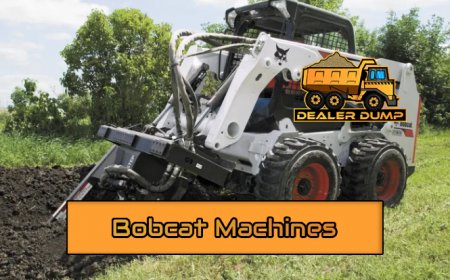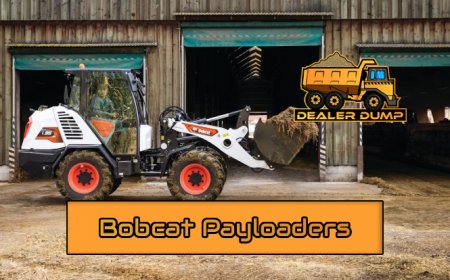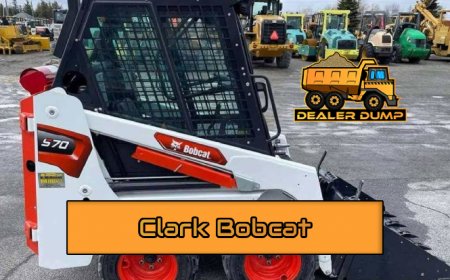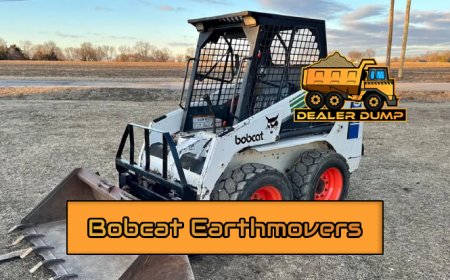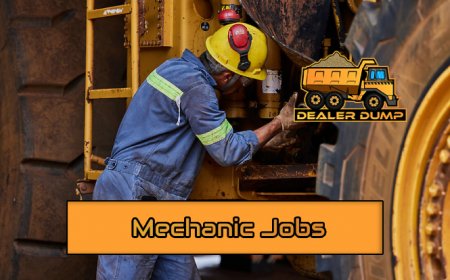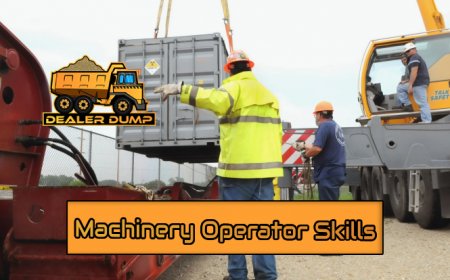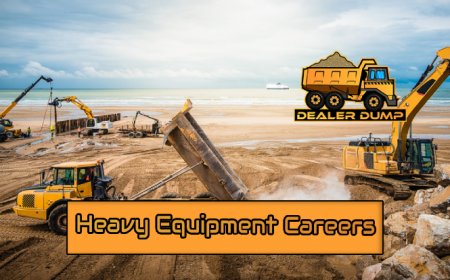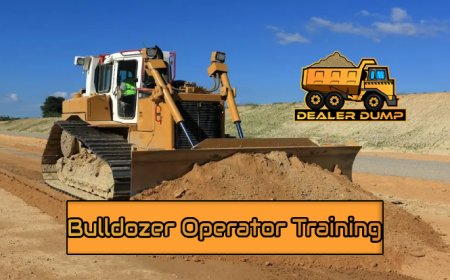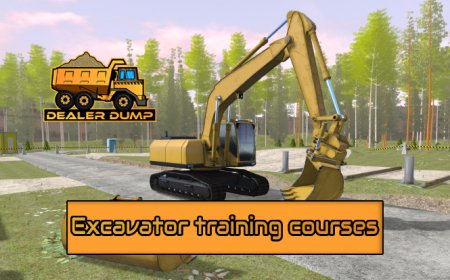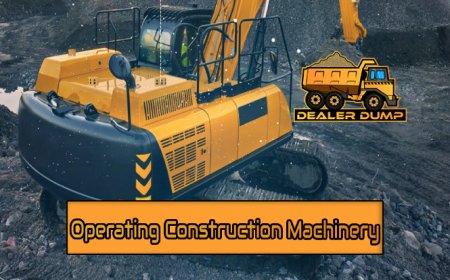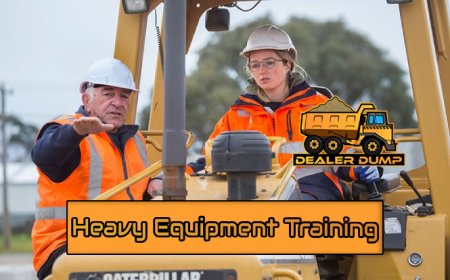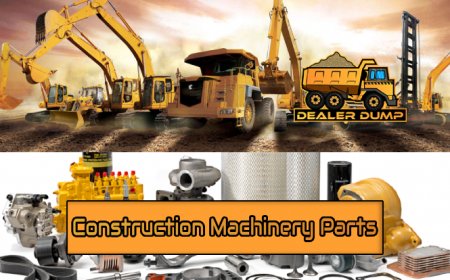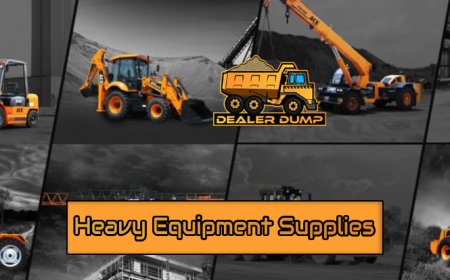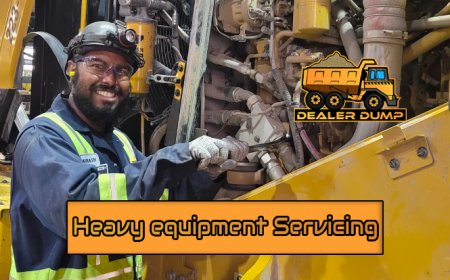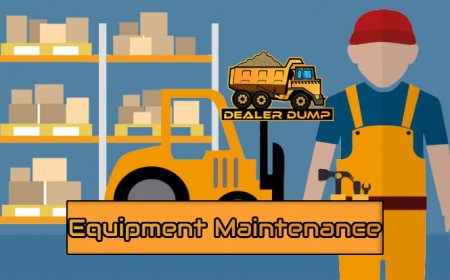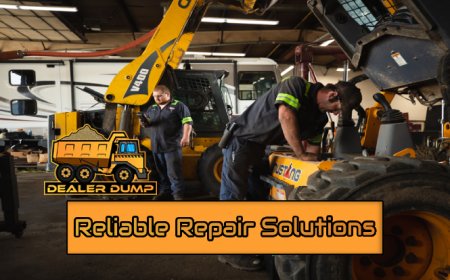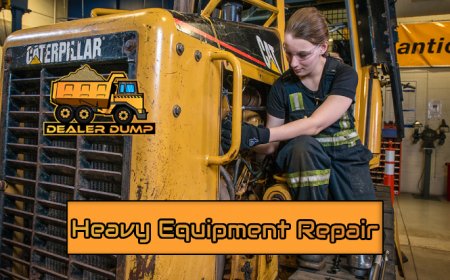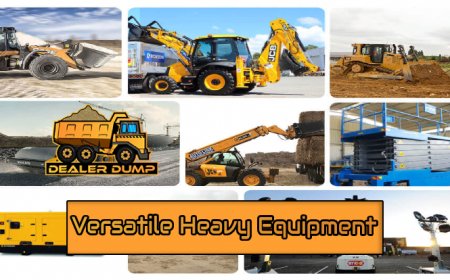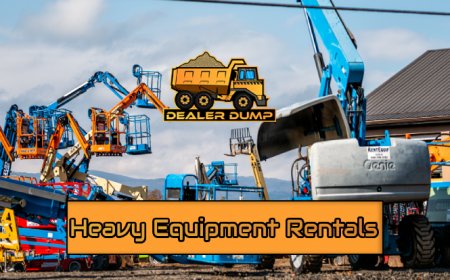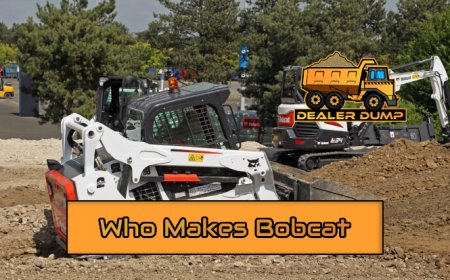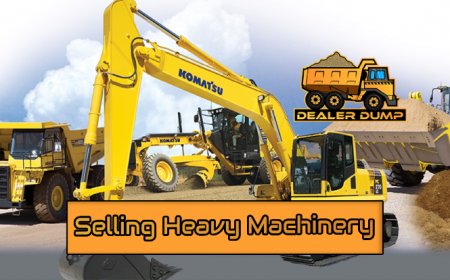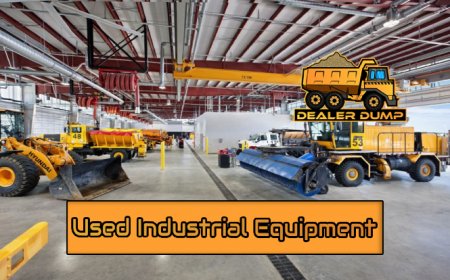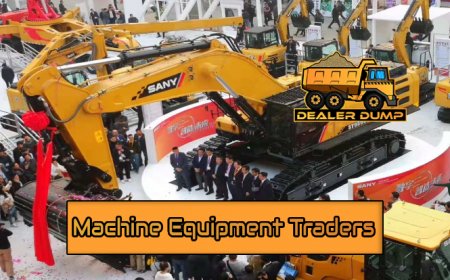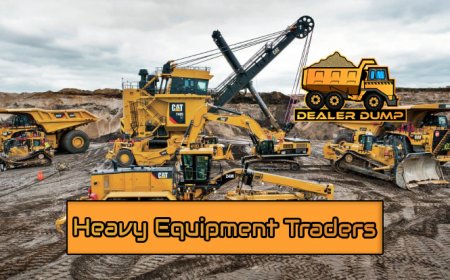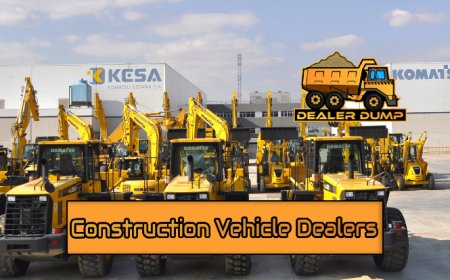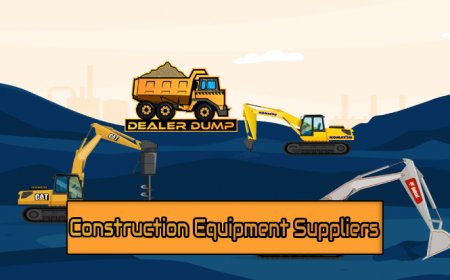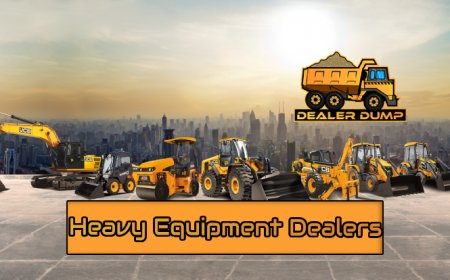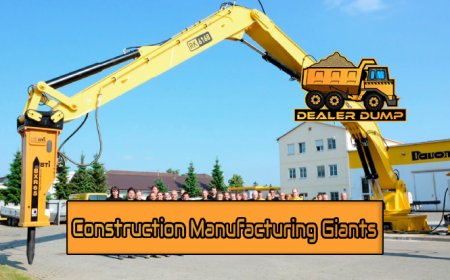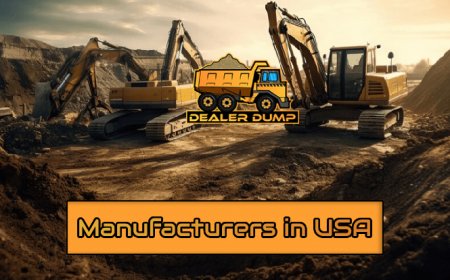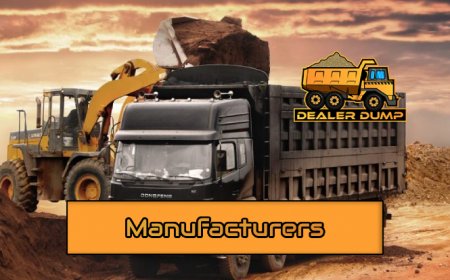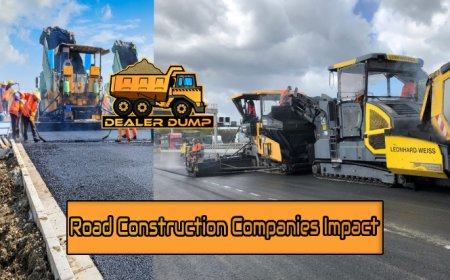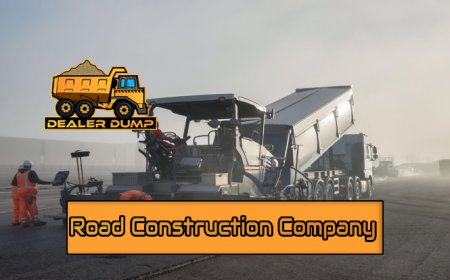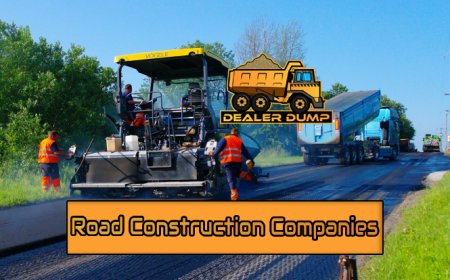Breaking Ground: The Latest Innovations in Heavy Machinery
Get the scoop on the latest innovations in heavy machinery. From autonomous machines to eco-friendly designs, learn how these breakthroughs are shaping the future of the heavy equipment industry.
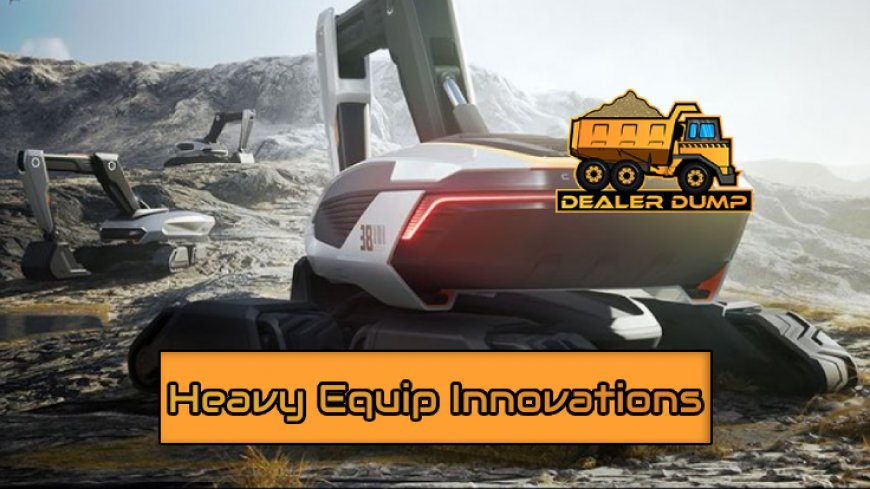
As we move further into the 21st century, the heavy equipment industry continues to witness groundbreaking developments. With emerging technologies and forward-thinking designs, these innovations are proving to be game-changers, guiding us into a new era of heavy equipment.
Table of Contents
- Sovereign Machines: The Rise of Autonomy
- The Green Revolution: Incorporating Sustainability in Machine Design
- Safety Reinvented: Enhanced Technologies for Site Safety
- All About Versatility: Multi-Functional Equipment Innovations
- Shaping the Future: The Impact and Potential of these Innovations
Sovereign Machines: The Rise of Autonomy
It is hard to discuss innovation in the heavy machinery sector without mentioning the rise of autonomous machines. Think about it: an immense, powerful machine working on its own, efficiently carrying out tasks with increased precision and consistency. Guided by advanced GPS systems, sensors, and machine learning algorithms, autonomous heavy equipment offers substantial improvements in productivity, cost efficiency, and, most consequently, safety.
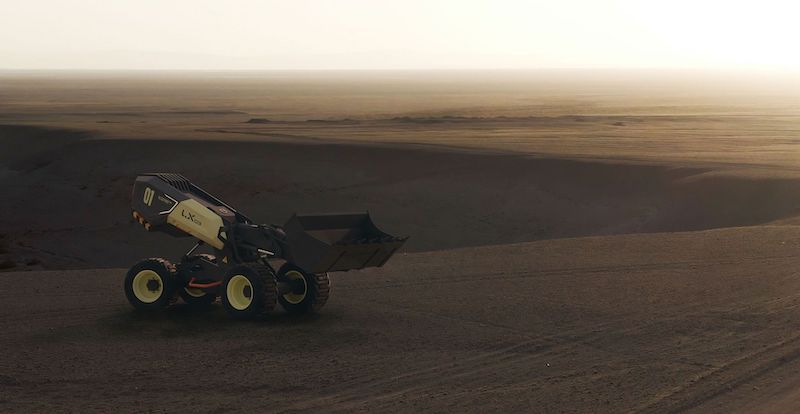
Sites that employ machines with self-operating capabilities tend to record a significant reduction in accidents, making these machines a favorite among industry professionals who are gradually embracing the adoption of these highly innovative tools.
The Green Revolution: Incorporating Sustainability in Machine Design
The heavy machinery industry is not exempt from the global call for sustainability. As struggle against carbon emissions continues, manufacturers are being nudged to emphasize eco-friendly designs in their machinery, and the efforts are paying off.
“More and more companies are revisiting the drawing board to rethink heavy machinery design from a sustainability perspective,” notes an industry expert. This includes efficient fuel use, reduction of hazardous exhaust emissions, and incorporation of renewable energy sources. Some heavy equipment manufacturers are even exploring electric-powered machines that run on rechargeable batteries, creating a significant impact on the environment and the industry's carbon footprint.
Safety Reinvented: Enhanced Technologies for Site Safety
Advancements in technology continue to enable unprecedented developments in safety. Today's heavy machinery boasts various features designed to protect operators and workers on site. These encompass technologies such as collision detection systems, proximity alerts, and predictive maintenance tools.
Machine health monitoring, a significant innovation, allows for real-time tracking of machine performance, playing a crucial role in preventative maintenance, operators' safety, and overall performance. The integration of artificial intelligence into these technologies is propelling the heavy machinery industry to new safety heights.
All About Versatility: Multi-Functional Equipment Innovations

Efficiency is the name of the game, and in the heavy machinery world, that translates into versatility. Multi-functional equipment exhibits true versatility – the same machine can accomplish various tasks, signifying less time spent on machine swaps, increased productivity, and decreased operational costs.
For instance, consider a skid steer loader that comes with different attachments. It can perform tasks like digging, lifting, grading, and breaking with each respective attachment. This capacity to operate as several machines in one is a considerable boon in the world of heavy equipment.
Shaping the Future: The Impact and Potential of these Innovations
These innovations in heavy machinery are not without their significant effects. The most obvious is the incredible efficiency and productivity gains seen with autonomous and multi-functional machinery. The enhanced site safety, amplified through technology, is a relief to both operators and site managers. But there's more. Let's consider three notable impacts of these innovative strides.
- Reduced Operational Costs: Autonomous and multi-functional machines perform more efficiently with less human intervention, thus reducing the need for additional manpower and the costs associated with it.
- Environmental Responsibility: The push towards sustainability in machinery design leads to cleaner operations with much less environmental degradation. It's a win for manufacture, operators, and our planet.
- Increased Market Competition: The race to develop the most advanced, eco-friendly, autonomous machinery has driven competitive innovation to all-time highs. It's a commendable cycle of perpetual growth.
As we close this exploration of innovation in heavy machinery, it becomes increasingly clear that the future is bright. Autonomous technology, innovative design, sustainability, and multi-functional features guide the industry's growing landscape. As these technologies continue to evolve and become more accessible to a diverse range of operators, the heavy machinery industry is bound to reap exponential benefits.
Staying informed and adaptable in the face of these innovations could very well be the key differentiator between success and stagnation. So, gear up, embrace the change, and watch the heavy machinery sector transform before your eyes.
What's Your Reaction?







